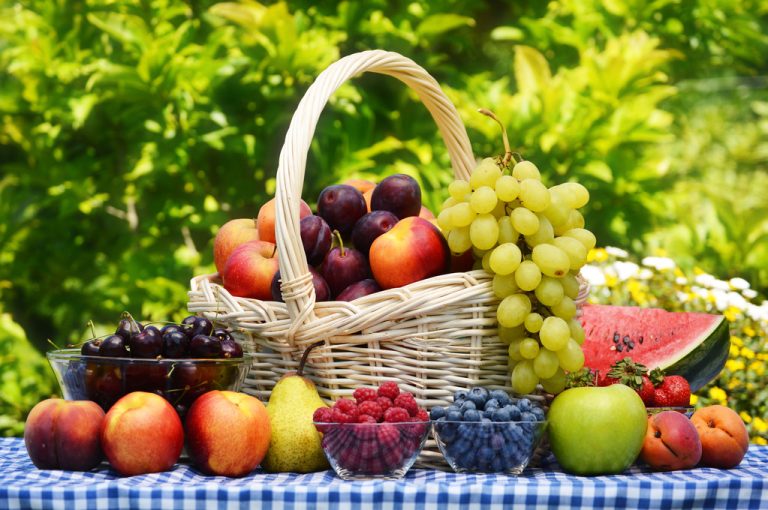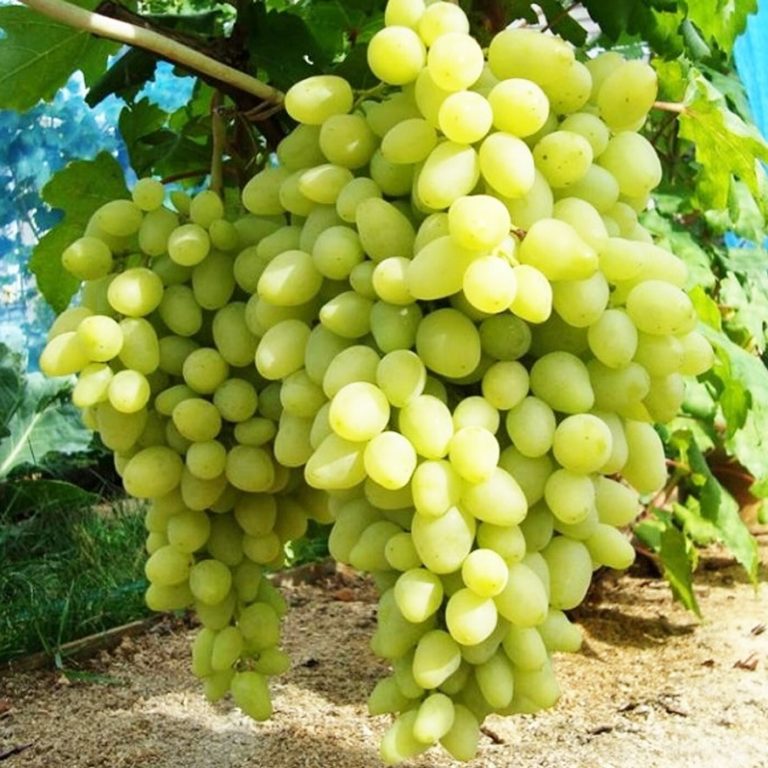We have collected many useful tips and tricks to pay off debt faster. Now repay your loan at full steam, pay off your debts quickly and finally live debt-free again.
People often owe money to multiple lenders. They have to pay off a car or television in installments, while others have debts to private individuals or relatives. Some more, others less, but these people all have one goal in common: to pay back the debt.
Many debtors would like to settle their debts as quickly as possible. There are a few tips and tricks that can help you achieve this goal faster.
Pay off credit or debt problems
Borrowers often have several debts in different places, for example, a loan from the house bank, a car loan from another bank, and several financing or open invoices from online shops or department stores. On top of that, a few hundred euros are borrowed from a friend or other work colleague. Here, several thousand euros quickly accumulate, where you can lose track and motivation of the repayment.

How can I be debt-free faster?
Every borrower wants to get rid of his debt. There are three ways to get rid of unloved debt: either make higher monthly installments, negotiate more favorable loan terms, or use psychological tricks to save. There are basically three levers at work:
- Higher-income (earning money).
- Less private consumption (saving money).
- Better interest rates at banks for loans.
1) Payback small amounts first
It is always worth paying off small debts in the beginning. This burden on the mind and too many open bills make life very complicated. The fewer open creditors you have, the easier it becomes to manage the debt. By the way: Always pay back the money you have borrowed from friends first because friendship is much more important than any money in the world.
2) Replace old and expensive loans through debt restructuring
If you already have a loan running, you can very likely save a lot of money by rescheduling with a cheap loan or get the repayment time over with much faster. Since we currently have particularly low-interest rates, debt restructuring is doubly worthwhile. Look for a new loan that has significantly lower interest rates and better terms. You can have the expensive existing loan replaced by a cheap bank as a new lender. The monthly installment contributions fall immediately due to the lower interest rate. You can also use your savings to reduce the total life of the loan.
3) Merge multiple loans
If you have multiple loans, be sure to combine the debts together. Try applying for a new personal loan with low-interest rates. This should then show the sum that all debts can be settled at once. A good option, especially if there are tolerable installment payments. Then you as a debtor can plan again and have more money available again. Of course, you should find the cheapest provider for a new main loan. Our credit comparison helps:
4) Personal loan instead of overdraft facility
If the salary account is constantly hopelessly overdrawn, the negative debt trap is permanently exacerbated by very high overdraft interest. Here it is really appropriate to convert this debt into a loan as soon as possible. And then definitely reduce the financial scope of the overdraft facility. With a normal installment loan, the interest rates are considerably lower than with an overdraft. A credit line should really only be used to bridge financial bottlenecks in the short term.
5) Budget book for a better overview
If you have debts in your household, you should definitely keep a household book for more control in order to be able to continuously monitor the financial situation. It collects monthly cash receipts and expenses. All necessary expenses such as rent, utilities, and insurance are collected and planned for a year in advance. Then you can clearly see how much money is still available for the rest of the month. If there is anything left for the piggy bank, fill it up. If you have a considerable amount together, use it to pay off debts instead of spending.

6) Use special repayment for additional income
If you are lucky enough to be employed by an employer who pays Christmas and holiday bonuses, then this can also be used to pay off debts faster. If purchases were made with it earlier, this time they have to be done at the back. So in the case of unplanned income or gifts, talk to the bank to see whether special payments are possible as repayment without fees for an ongoing loan. You should always arrange each new loan with the possibility of such a free special repayment in order to be able to pay off debts faster at any time.
7) Restriction on spending
It can also be considered whether the regular vacation in Italy or in the Allgäu can be canceled. You can cope with that and with the money saved you should pay off debts and pay off the loans with higher installments in the future. It is also possible to enjoy only one week’s vacation instead of two weeks. This also saves money that can be put to good use elsewhere. Here you will find money-saving tips for shopping in the supermarket.
8) Compare energy suppliers
Each of us uses electricity and gas. If you have debts that you want to get rid of as quickly as possible, you can use the savings from reduced electricity or gas prices to pay off the debt directly. This gives you more time for the things your family needs every day. Savings of up to 750 euros per year when comparing electricity tariffs enable an additional repayment of the loan. A gas tariff comparison can also save up to EUR 500 per year.














